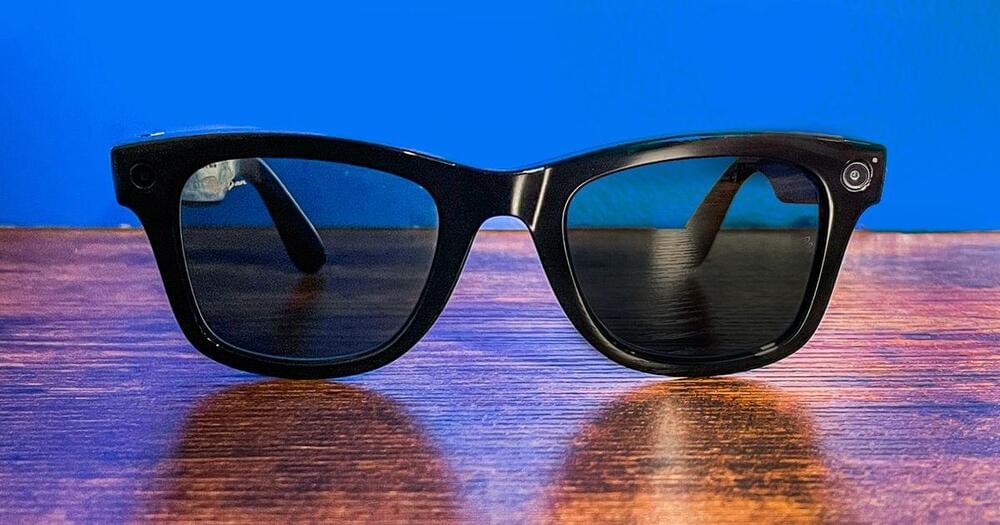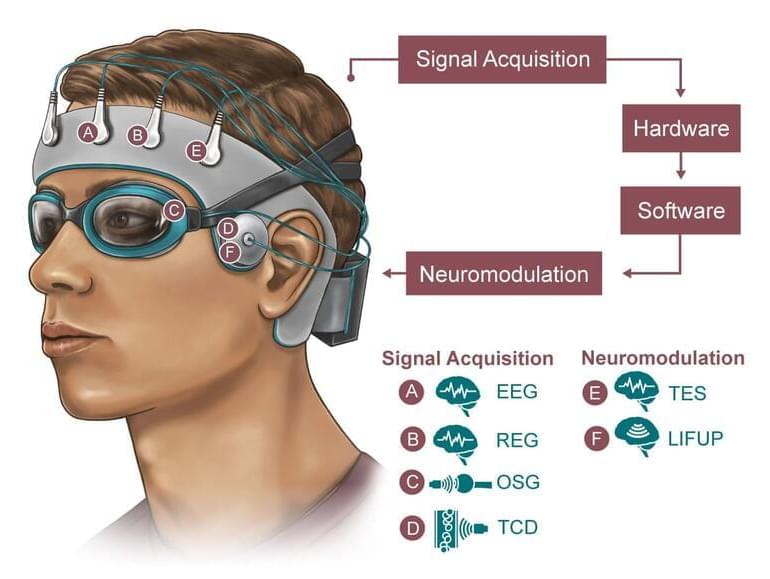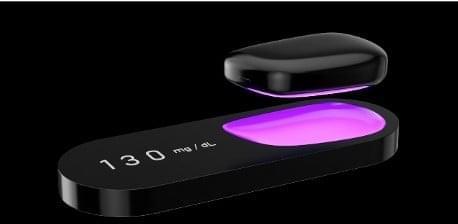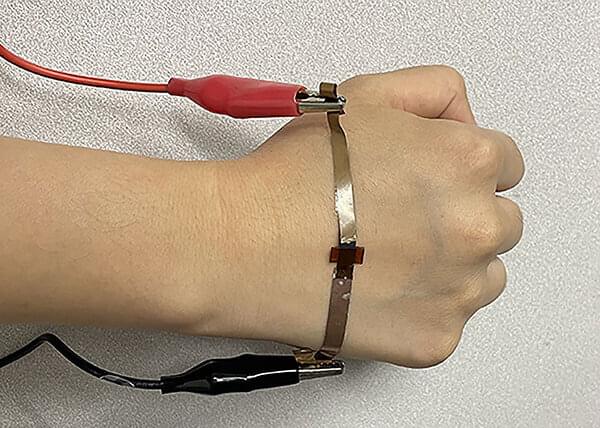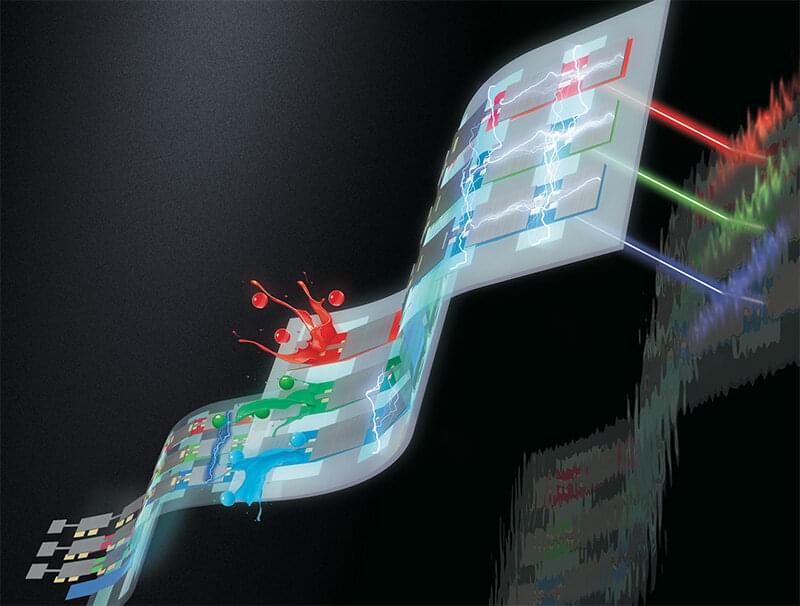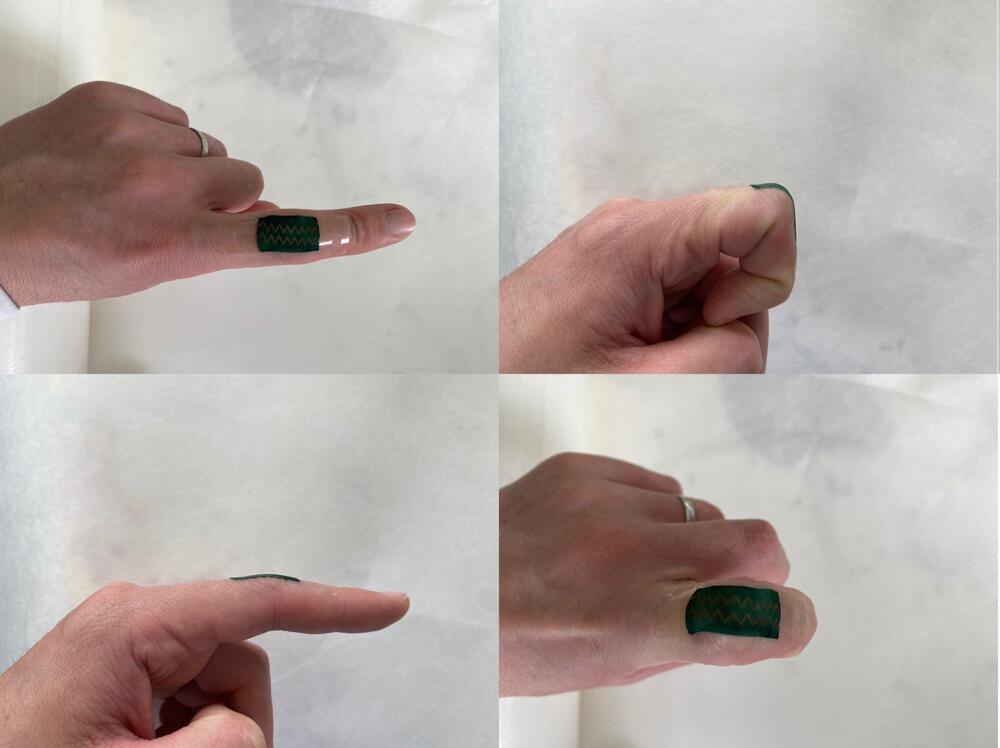But first, Facebook is going to have to bridge the territory of privacy — not just for those who might have photos taken of them, but for the wearers of these microphone and camera-equipped glasses. VR headsets are one thing (and they come off your face after a session). Glasses you wear around every day are the start of Facebook’s much larger ambition to be an always-connected maker of wearables, and that’s a lot harder for most people to get comfortable with.
Walking down my quiet suburban street, I’m looking up at the sky. Recording the sky. Around my ears, I hear ABBA’s new song, I Still Have Faith In You. It’s a melancholic end to the summer. I’m taking my new Ray Ban smart glasses for a walk.
The Ray-Ban Stories feel like a conservative start. They lack some features that have been in similar products already. The glasses, which act as earbud-free headphones, don’t have 3D spatial audio like the Bose Frames and Apple’s AirPods Pro do. The stereo cameras, on either side of the lenses, don’t work with AR effects, either. Facebook has a few sort-of-AR tricks in a brand-new companion app called View that pairs with these glasses on your phone, but they’re mostly ways of using depth data for a few quick social effects.
